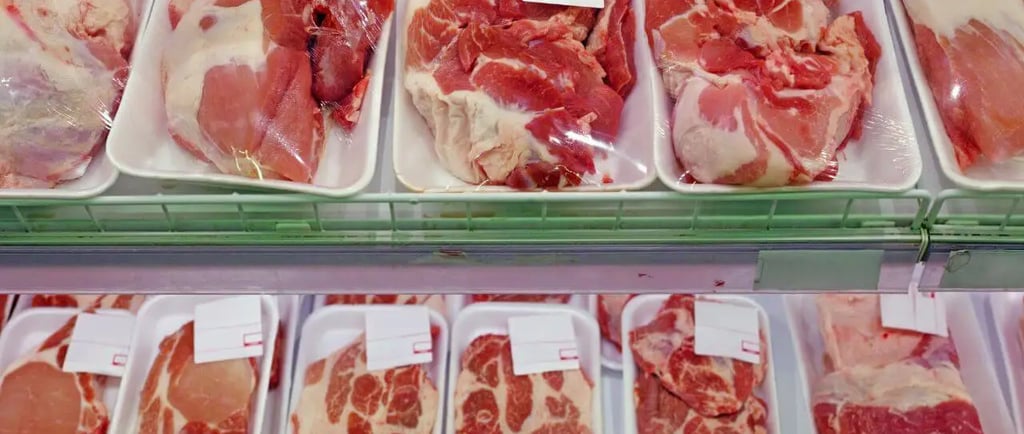FSA Publishes Detailed Guidance on Mechanically Separated Meat
The Food Standards Agency has issued new guidance on Mechanically Separated Meat to help food businesses meet UK legal and labelling requirements.
A BRAND


The Food Standards Agency has published new guidance to help food businesses in England, Wales, and Northern Ireland comply with food law on Mechanically Separated Meat.
The guidance clarifies how the legal definition of Mechanically Separated Meat should be applied. It follows Supreme Court and High Court rulings that confirm how the definition must be interpreted across the food industry.
The new document explains that Mechanically Separated Meat is obtained by removing residual meat from bones or poultry carcasses using mechanical processes that modify or damage muscle fibre structure. It also sets out how such products should be labelled and classified.
Food businesses using mechanical separation equipment, or those using this type of meat as an ingredient, are expected to follow the updated rules. The guidance also applies to businesses exporting relevant products or working with enforcement authorities.
Under food law, Mechanically Separated Meat must be listed as an ingredient on labels and does not count toward the overall meat content percentage. This rule helps maintain transparency for consumers.
The guidance replaces earlier materials, including documents related to desinewed meat. It also outlines restrictions under TSE rules, which prohibit the production of MSM from bones of bovine, ovine, or caprine animals.
The Food Standards Agency recognises that some businesses may need time to update their systems. It has committed to offering support to help food operators meet the clarified legal requirements within a reasonable timeframe.
The document includes a Q&A section to help determine whether a product qualifies as Mechanically Separated Meat, and explains what this means under current hygiene and labelling rules.
The goal of the guidance is to support correct classification, accurate labelling, and full compliance with food law, ensuring consumers receive clear information and businesses meet their obligations.
